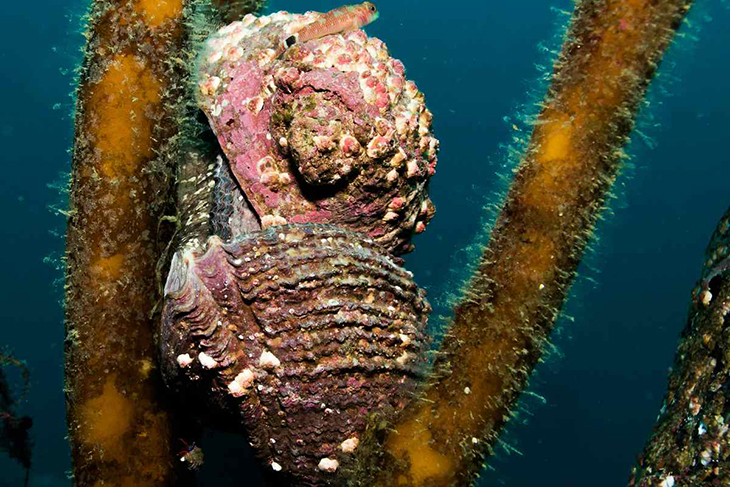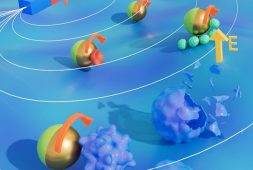Favored Seafood Delicacy, Chilean Abalone, May Just Be The Cure For Bladder And Prostate Cancer

The “International Mollusk of the Year” title has been bestowed upon an endangered abalone species known for its potential in cancer research. Despite its unassuming appearance, the Chilean abalone, a carnivorous limpet with a sturdy shell, garnered over 40% of the public vote, earning it the grand prize – a complete genome sequencing.
Representing its species, Juan Diego Alvarez, a Chilean abalone, accepted the prestigious award at the Senckenberg Natural History Museum in Frankfurt, where part of the voting took place. In a light-hearted moment, Alvarez humorously referred to the victory as “one shell step for man.”
All joking aside, the recognition is expected to amplify the cultural, ecological, and medicinal significance of the species. Overfishing in the late 20th century has severely depleted the abalone population.
However, recent discoveries have revealed that a component in its blood holds promise as an effective treatment for bladder and prostate cancer. Furthermore, as a top predator in its natural habitat, the abalone plays a crucial role in maintaining balance within its food web.
Competition judge Dr. Carola Greve, who is also lab manager at the LOEWE Tranlational Biodiversity Genomics Centre, where the abalone’s genome will be completely mapped out, said, “…A component of its blood, the oxygen transporter haemocyanin, also shows an immunotherapeutic effect against some types of cancer.”
“So, the genomic analysis can not only help to explore adaptation strategies and different populations in the large distribution area, but also to discover new molecules with pharmaceutical importance,” she added.
Despite being the second-largest animal phylum after arthropods (insects), only a few mollusk species have had their genomes fully sequenced thus far. Consequently, our understanding of the genomic basis for their species diversity, adaptive abilities, and natural product production remains limited.
Interestingly, the abalone species in question, Concholepas concholepas, is not a true abalone, as it differs by being a carnivore belonging to the family of Murex snails, whereas abalones are herbivorous.
The competition received a total of 4,309 votes from individuals worldwide, with the Chilean abalone receiving the highest count of 1,798 votes. Following closely in second place was the wavy bubble snail, Micromelo undatus, with 970 votes, followed by the giant deep-sea oyster Neopycnodonte zibrowii and the thick-horned nudibranch Hermissenda crassicornis.
Professor Julia Sigwart, Section Head of the Department of Malacology at the Senckenberg Research Institute said, “Together, we are getting closer to our goal of publicly showing the enormous biodiversity of mollusks and arousing enthusiasm for these often underestimated organisms, many of which perform important tasks in their respective ecosystems.”



